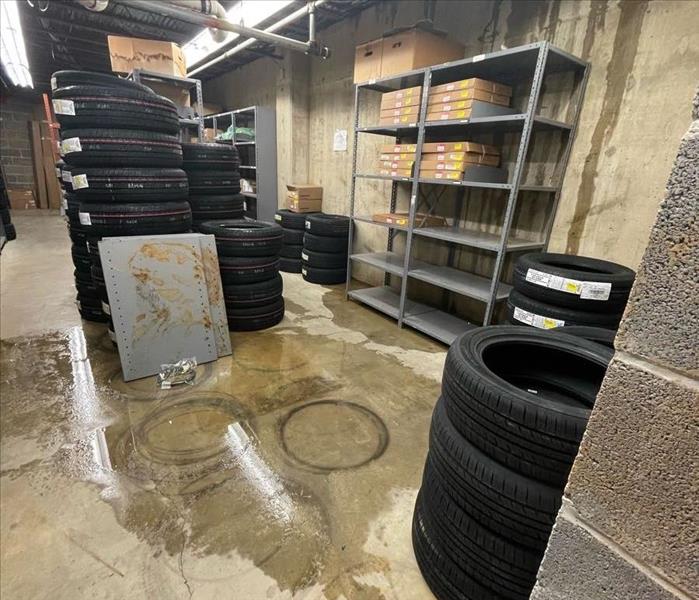Winterizing Commercial Buildings
1/12/2022 (Permalink)
The winter season is upon us. For those managing either occupied or unoccupied commercial buildings, it can be a scary season. Frozen pipes bursting and old roofs leaking can cause your business dangerous and expensive damage. That is why it is always important to think ahead and have a prevention plan. Here are some tips for keeping your commercial buildings safe from the cold.
Making sure the heating system of your building is working properly may seem like common sense but scheduling periodic professional inspections throughout the year is vital. Check your rooftop HVAC units, water heaters, and furnaces for cracks and consider replacing furnaces older than 10 years old. It’s also important to properly shut off your cooling systems when you do switch to heating.
To avoid frozen pipes, make sure to test their freeze stats and valves. Wrap the ones in unheated areas of the building and take care of any cracks found in exposed pipes
For unoccupied buildings, it’s important to not turn off your thermostat. Keeping the internal temperature at least 55 degrees will also help avoid your pipes freezing. Even for buildings that are occupied this winter, it is advised to keep the thermostat relatively low. Not only does this save your business some money, but it reduces the risk of fire.
Regularly inspecting your building’s insulation is also important. Make sure to replace any damaged or old insulation to avoid any major heat loss in your building. Special focus should be paid to roofs and unheated attics.
Speaking of roofs, any holes or torn shingles must be patched to avoid major water leakage from potential melting snow. Double checking the existing seals for any damage or structural weakness also helps ensure your roof can withstand another winter.
We hope these tips give you some peace of mind. By no means is this an exhaustive list, but by putting these suggestions into action, you can help prevent costly damage this winter season.




 24/7 Emergency Service
24/7 Emergency Service
